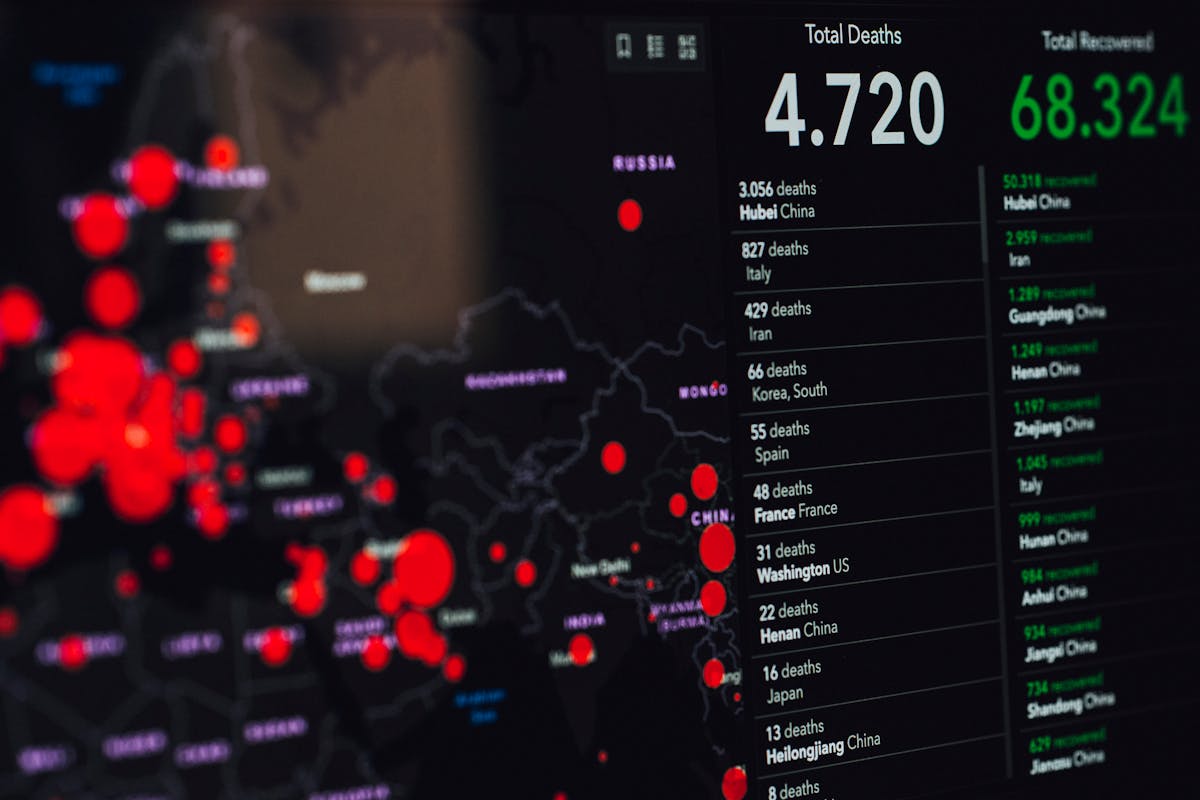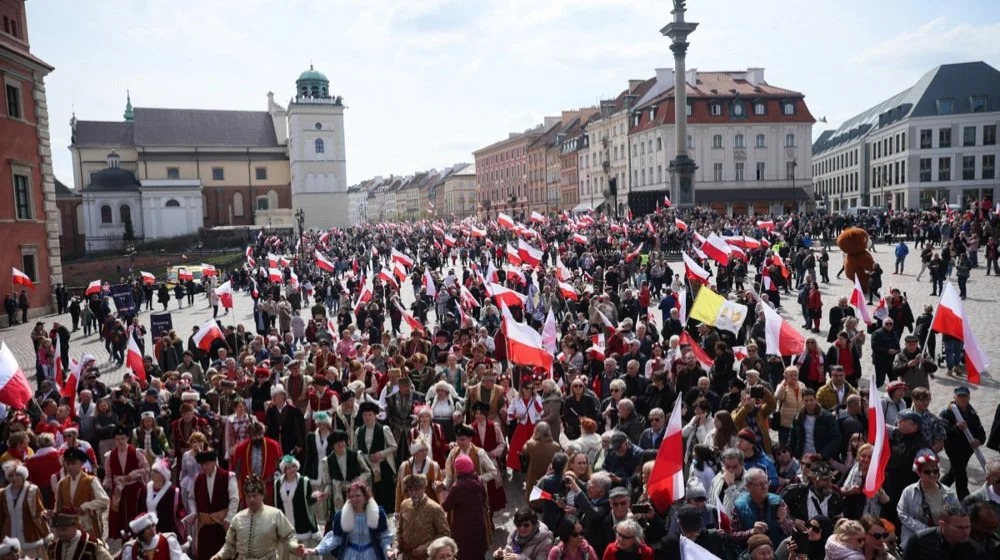
The Art of “Bluffing” or Punishment for Allies – What Trump’s Tariffs Mean for Japan and South Korea
By sending a letter announcing the introduction of so-called “reciprocal tariffs” and a slight increase, Trump delivered an unexpected blow to his loyal military and political ally, Japan.
US President Donald Trump published a list of countries to which he sent formal letters notifying them of his administration's decision regarding “reciprocal tariffs,” calculated based on the US trade deficit, writes RTS.
Among the first 15 countries on the list of “fortunate recipients” of these letters, interestingly, were also Serbia and Bosnia and Herzegovina, which received a few percentage points discount compared to figures published in April. Meanwhile, Japan and South Korea, Washington’s decades-long loyal allies, did not fare as well: South Korea's tariffs remained the same as previously announced, while Japan’s were slightly increased by one percent.
This happened despite expectations in those East Asian countries that their previous contributions to the US economy – through billions in investments in car factories (Japan) and chip plants (South Korea) – and their strategic military importance to Washington in East Asia and the Asia-Pacific region, would grant them significant exemption.
In recent years, both countries have also been very useful for the US as financiers of postwar reconstruction in countries destroyed by US military interventions. The Seoul government has also increasingly become a major supplier of weapons to NATO countries in Europe.
Trump vs Japan
South Korea remained at 25%, while Japan learned from Trump’s letter that its rate would increase from 24% to 25%. These are “reciprocal tariffs,” which differ from “sectoral tariffs” that also affect these East Asian economies, such as the 25% tariffs on cars and car parts and the tariffs on steel and aluminum products, which initially were set at 25% but at one point even rose to 50%.
It is fairly clear that South Korea remained at the same level of “reciprocal tariffs” because, due to election-related political instability and the process of forming a new government, it was unable to enter negotiations. Japan, however, which negotiated with Trump’s team for over two months but failed to offer what Trump wanted most, was effectively punished. Not just symbolically, as the small one-percent increase might suggest, but primarily because it did not get the expected reduction that politicians, business leaders in Tokyo, and even US partners and neutral observers in Asia had hoped for.
Is it the art of bluffing?
In his typically unpredictable style, which he and some of his team see as part of an unmatched art of negotiation, Trump once again postponed the implementation of the “reciprocal tariffs” (sectoral ones already apply) by three weeks, until August 1. This should, supposedly, give the countries from the first wave of letters, including Serbia and Japan, more time to think about what they could offer Trump to get a better tariff rate.
According to reports in the Japanese media, Trump’s letter leaves room for future adjustments in tariff rates.
However, for Japan, reaching an agreement in the next few weeks seems unlikely, as elections for the upper house of parliament are scheduled for July 20. These may be a tough battle for the ruling Liberal Democratic Party, facing public dissatisfaction with years of inflation and especially rising rice prices.
Some in Japan still believe that Trump is bluffing, hoping that if Japan makes one or two more concessions, it might get relief at least on “reciprocal tariffs,” if not on auto tariffs, which are most important to it. Many suggest that Tokyo could appease Trump by significantly increasing imports of American-made cars, since vehicles are where the US has the largest trade deficit with Japan. But since American cars are not popular in Japan, there is even speculation that Toyota might export cars made in the US back to Japan to formally boost American exports and reduce Japan’s trade surplus (which was $68 billion and $62 billion in the last two years).
Yet fewer and fewer people see Trump’s moves as a passing bluff, and more view them as real disrespect and coercion. Japanese media openly report on frustration in political circles in Tokyo and increasingly write about presidential whims, lack of information, and incompetence within Trump’s negotiating team.
For example, a few days ago, Trump posted on social media that Japan is a spoiled country that refuses to buy American rice despite shortages and that he would send an official letter to impose tariffs (which he did). But in reality, Japan buys most of its imported rice from the US. In fiscal 2024, it purchased about 346,000 tons of rice from California, while total imports reached 767,000 tons. Recently, in an effort to lower rice prices after droughts in 2023, Japan even imported large quantities of rice from the US twice.
A stifling dependence
If Toyota, despite its domestic plants, had to import its own cars from the US to Japan, it would be a painful paradox and a kind of tragicomedy, if not an insult to intelligence.
Yet, Tokyo is economically and politically dependent on the US – and this is the card Trump plays, regardless of the political consequences this could have for the alliance and Washington’s reputation in Japan. Whether Trump truly believes that Japan has exploited the US unfairly or simply wants to extract economic concessions – or perhaps seeks an excuse to keep high tariffs to fill the budget gap caused by recent tax cuts – is unclear.
Either way, high tariffs will cause serious, even enormous damage to Japan, whose second-largest trading partner after China is the US and whose auto industry relies heavily on the American market.
With friends like these, who needs enemies
Damaging economic actions by American partners are nothing new for Japan. In the late 1970s and early 1980s, when Japan’s industry was gaining ground in the US with affordable, high-quality electronics and cars, Washington pressured Tokyo into harmful concessions.
While Japanese car makers survived by building plants in the US, the semiconductor industry didn’t. As Japan ceded its leading position, production and innovation moved to South Korea, the US, and Taiwan. Today, Japan lags behind in patents and chip design and is trying to catch up by attracting Taiwan’s TSMC to build plants in Japan with subsidies and tax breaks.
Through the 1985 Plaza Accord, Japan also had to dramatically strengthen its currency against the dollar. This led to economic overheating, a real estate and stock bubble, followed by a crash and a banking crisis in the early 1990s. Since then, Japan’s growth has never recovered, and economists call the last three and a half decades Japan’s “lost decades.”
Yet Trump’s tariffs are special. Unlike past US actions, these are sudden, uncompromising, and broad. Unlike the Plaza Accord, which also made Japanese products more expensive abroad but at least made Japanese companies and citizens wealthier in foreign currency terms, Trump’s tariffs bring no benefit at all – only harm.
What lies ahead?
Perhaps in the future, Japan might gain political benefits from Trump’s tariffs – depending on the path Tokyo takes. The government could choose silence and patience, hoping that after Trump a friendlier US administration will come (thus enduring yet another wound from its closest ally). But as many commentators say, hope is not a strategy.
Alternatively, Japan could use the tariffs as a reason to become more economically autonomous, deepening trade and tech ties with China, South Korea, ASEAN, India, the EU, South America, and Africa. Greater independence through trade diversification could turn disappointment with Washington into an unexpected opportunity.





